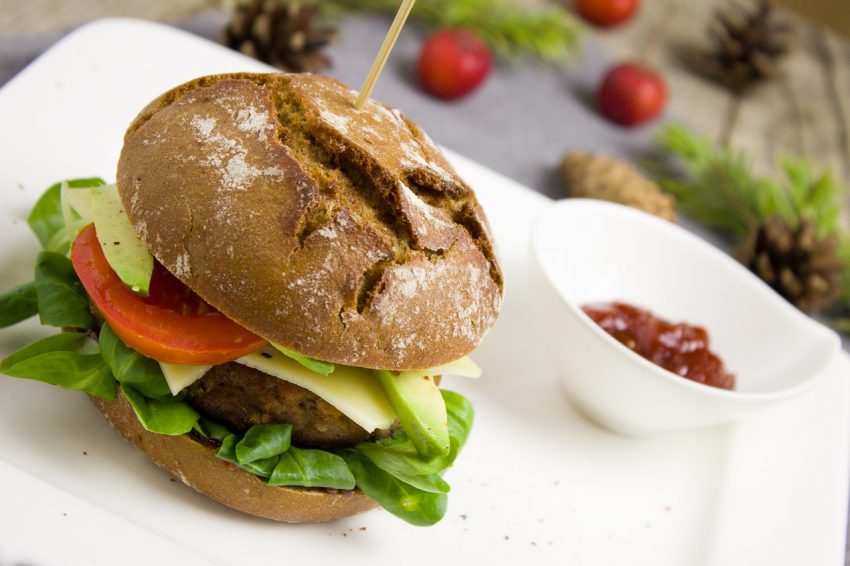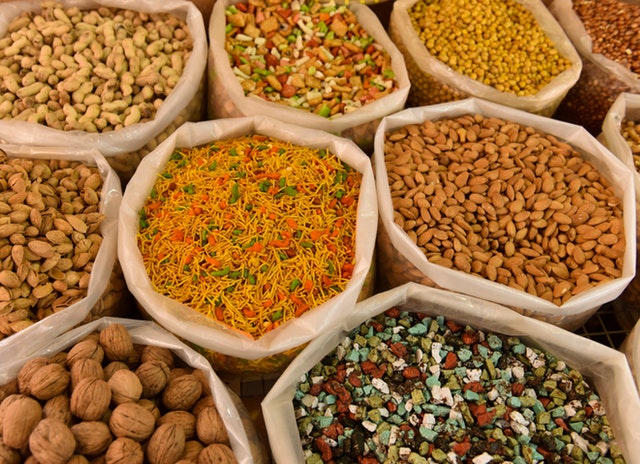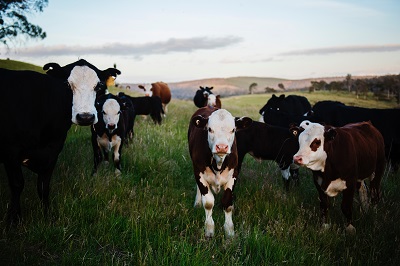
At the moment, cutting down on meat-consumption and experimenting with vegetarian and vegan diets is in fashion. And the trend seems set to transform the foodservice industry for good, with meatless burgers making headlines and being put in pride of place on the menus of many restaurants and pubs across the country. So, it’s a good time to take a closer look…
What’s A Meatless Burger?
The days of boring old bean burgers are long gone: they were replaced at first with supermarket favourites like Quorn’s Mycoprotein patties and the South Asian alternatives, Tofu and Seitan. And now, even those are being given a run for their money by a growing selection of meatless burgers which make plant protein look, taste and feel like meat.

Impossible Foods, a market-leader, takes plant proteins and mixes them with ‘heme’, a secret ingredient sourced from legumes and based on the molecule which makes the blood of animals red, to give their Impossible Burgers the rich, iron-like taste associated with medium-rare beef.
But Impossible Foods has a few competitors: from Beyond Meat’s range, advertised as being “sold in the meat aisle”, to the Meatless Farm burgers which have recently been rolled out in Wetherspoons, to celebrity chef Neil Rankin’s Simplicity Burger, which doesn’t attempt to mimic meat but to give the consumer something even better.
And that’s not all. There’s another method in the works which, rather than simply supplying an alternative to meat, could make animal-sourced meat itself seem old fashioned.
Since the noughties, Dutch professor Mark Post has been hard at work developing a method of producing meat – real meat – in a lab, using stem cell technology and tissue engineering. In 2013, he proved it was possible, producing a hamburger for an albeit unaffordable price-tag: £250,000.
Since then, his project and the many others like it have been tasked with making that same product cost closer to a fiver.
At first, that might seem like a big ask, but, on closer inspection, it’s not too hard to believe: technology is leaping forward at an ever-faster rate. One popular example: the Apollo spacecraft cost tens of billions of dollars to build in the 1960s but, only a few decades later, we’re all carrying much more impressive technology in our back-pockets: our smart-phones. And the race to produce lab-grown meat is no exception: it only took three years after Mark Post’s 250k revelation before, in 2016, Memphis Meats produced the first lab-cultured meatball to cost only $1000 (£772).
So, it seems that animal-free meat is a when not an if: it’s just a matter of time before we’ll all be able to enjoy truly meaty patties which are also cruelty-free.
But Will They Really Replace Meat?
Those innovations and the trend of going meat-free itself are spurred on by two main driving forces: concerns about health and concerns about the environment.

While meat is a good source of protein, vitamins and minerals, the NHS recommends keeping consumption to below 70g per day to avoid risks of both heart disease and various cancers, including bowel cancer.
Meanwhile, the UN reported in 2006 that livestock farming contributes 14% of all human-caused greenhouse gas emissions (more than all cars), while there is a solid scientific consensus that rearing cattle and livestock, which requires much more water, energy, land and labour than farming food crops, is simply an inefficient method of converting the sun’s energy into food for humans.
These driving forces are immense and only made stronger by their solid scientific basis. Even if individuals may not, en masse, take it upon themselves to go vegan for the planet, the idea that too much meat is bad for your health is likely to be very persuasive.
Because people care a lot about it: past public health scandals, such as the Thalidomide scandal of the late 1960s, have left an impact on the attitudes of individuals from the generation affected which can still be felt today. The anti-vaxxer scare of the 1990s was surely proof of the strength of individual health fears above all else, even scientific evidence; while in more recent years, public health concerns have led to smoking bans taking huge chunks out of Big Tobacco.
The meat industry might just be next.
So: It’s Time To Adapt
The meat-free trend is set to send ripples through the industry. Evermore restaurants and pubs, even the meatiest, may find the need to adjust their menus to suit the change in customer tastes.
As restaurants demand more meat-free foods to serve to their customers, those ripples will be sent back up the supply chain to wholesalers and then to the farmers, who, as ever, are in the most precarious position.
If tastes continue to change, if meat-alternatives continue to become ever more enticing to meat-eaters, if animal-free meat does eventually take its place on menus and in shopping baskets, the whole industry will need to respond to that change: from restaurants tweaking their food-offers to farmers being forced to reorganise their entire enterprises.
Amongst all that change, there is, however, one constant: even meat-free burgers need to be stored at recommended temperatures in a commercial storage fridge to guarantee that those patties remain fresh, safe and well preserved.

Leave a Comment
Your email address will not be published. Required fields are marked *